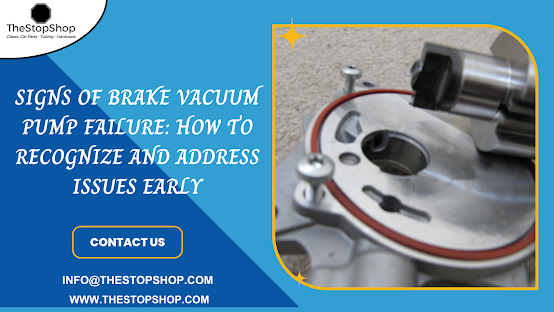How to Choose the Right Material for Fuel Line Tubing?

OK, so you are searching for the perfect fuel line tubings, right? It may seem like a trivial thing, but indeed, choosing the right material is the key point. In the end, the fate of your vehicle and its safety lies in these lines, making them a critical component to keep an eye on. Let us dive right into the basics to make sure you are on the right path. Understanding the Basics: Fuel Lines 101 Prior to discussing materials, we will cover the basics. The fuel line tube is the fuel system's vein or artery. It performs this function by transporting fuel from the storage tank to the engine. The integrity breach can have multifaceted consequences, including leakage and efficiency drop. The Copper Nickel Conundrum: Pros and Cons The copper nickel brake line is a known material used in the automotive industry since time immemorial. It is resistant to corrosion and has durability features that make it the most preferred choice. It also has a bend and flare capability, making it easy t

